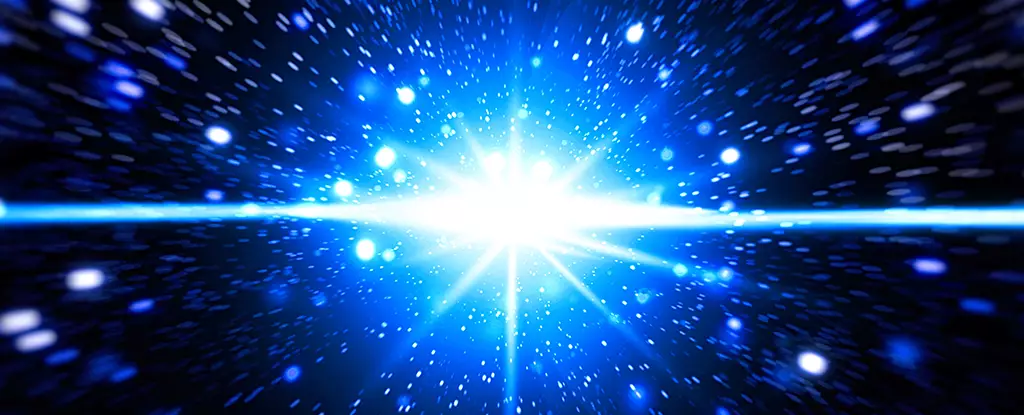Fast radio bursts (FRBs) represent one of the most intriguing phenomena in astrophysics today. These fleeting flashes of radio light, which last mere milliseconds, have sparked intense interest due to their energetic nature and the mystery surrounding their origins. While initial theories proposed that these bursts emanate from cataclysmic cosmic events, ongoing research reveals a complex narrative, particularly in the case of the repeating FRBs, which challenge previous assumptions about their sources.
First, let’s delve into what FRBs are. These bursts of radio waves, first discovered in 2007, have become a focal point of astronomical research. They are transient events that can emit as much energy in a few milliseconds as the Sun would in an entire year. The exact mechanism behind these bursts has been somewhat elusive, but the majority of the cases can be traced back to sources outside our own Milky Way galaxy. The discovery of repeating FRBs, however, has led scientists to reconsider their origins and the astrophysical processes at play.
One of the prevailing theories suggests that FRBs are linked to magnetars—neutron stars with exceptionally strong magnetic fields. This relationship is underscored by the idea that magnetars can produce massive electromagnetic events, fueling bursts of radio waves. While this hypothesis generates substantial interest, it raises questions regarding the lifecycle of neutron stars and their capacity to produce FRBs over time.
Recent observations of a particular repeating FRB provided pivotal insights into these cosmic phenomena. Between February and June, astronomers were able to capture this FRB on 21 separate occasions, utilizing the capabilities of twin observatories to pinpoint its origins with remarkable precision despite its distance of two billion light-years. What sets this FRB apart from others is its origin from an older, less active region of the universe—a galaxy that is over 11 billion years old and well past its prime for star formation.
This finding prompts a reevaluation of the characteristics traditionally associated with FRBs, which were thought to arise from younger magnetars that are energetically vibrant due to recent supernova explosions. The established belief has been that old neutron stars cool down and become dormant, thus limiting their ability to generate such high-energy emissions. The clear juxtaposition of FRBs emerging from ancient galaxies suggests that these bursts may have alternative explanations that require further exploration.
One intriguing hypothesis involves the role of globular clusters—dense groupings of stars that can orbit the edges of a galaxy. Due to the dense environments of such clusters, they are breeding grounds for stellar interactions and mergers. In the case of the repeating FRB, it’s conceivable that merging magnetars could create the conditions necessary for the emission of radio waves. When the magnetic fields of two neutron stars merge, realigning and reenergizing their energy fields, the result could be a burst of radio emissions that we interpret as FRBs.
The cosmic environment becomes increasingly complex as studies venture deeper into the behavior of neutron stars within evolving galaxies. This evolving understanding illuminates the fact that astrophysical processes responsible for FRBs may encompass a broader array of mechanisms than initially thought. Future observations of such events are pivotal to discerning the specifics of magnetar behavior and the longevity of these enigmatic stellar remnants.
The broader implications of these findings are profound. They suggest that the universe’s dynamics are far more intricate than previously acknowledged, challenging astronomers to rethink how they categorize stellar remnants, particularly in relation to the age and composition of galaxies. The discovery that old remnants can still harbor the potential to create FRBs opens up new avenues in the quest to unravel the mysteries of the universe.
As researchers continue to explore the realm of fast radio bursts, one thing remains clear: they are not just brief phenomena; they are windows into the complexities of stellar evolution, the nature of magnetars, and the larger workings of galaxies across the cosmos. The ongoing study of FRBs is poised to transform our understanding of the universe, potentially revealing the underlying mechanics of astrophysical activities long thought to be impossible.


Leave a Reply